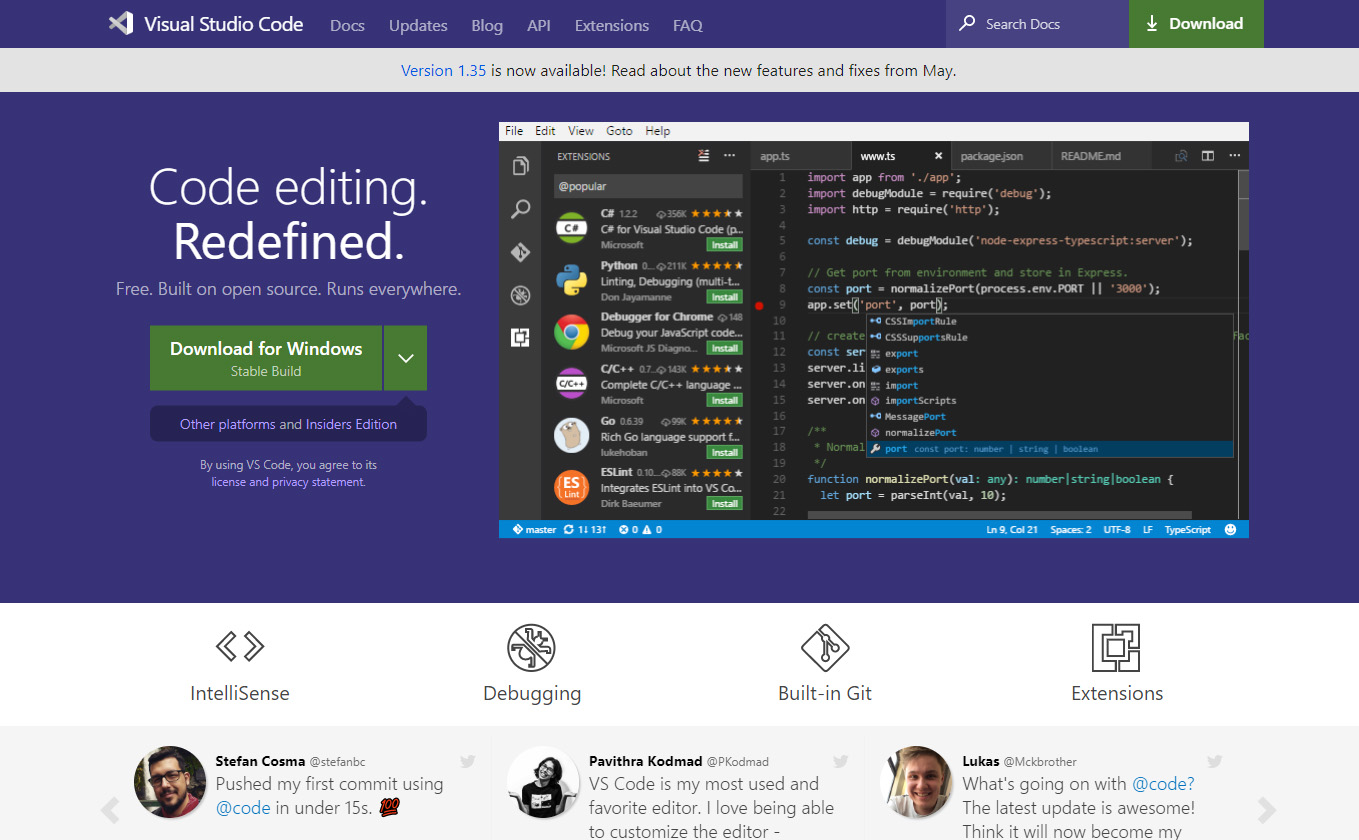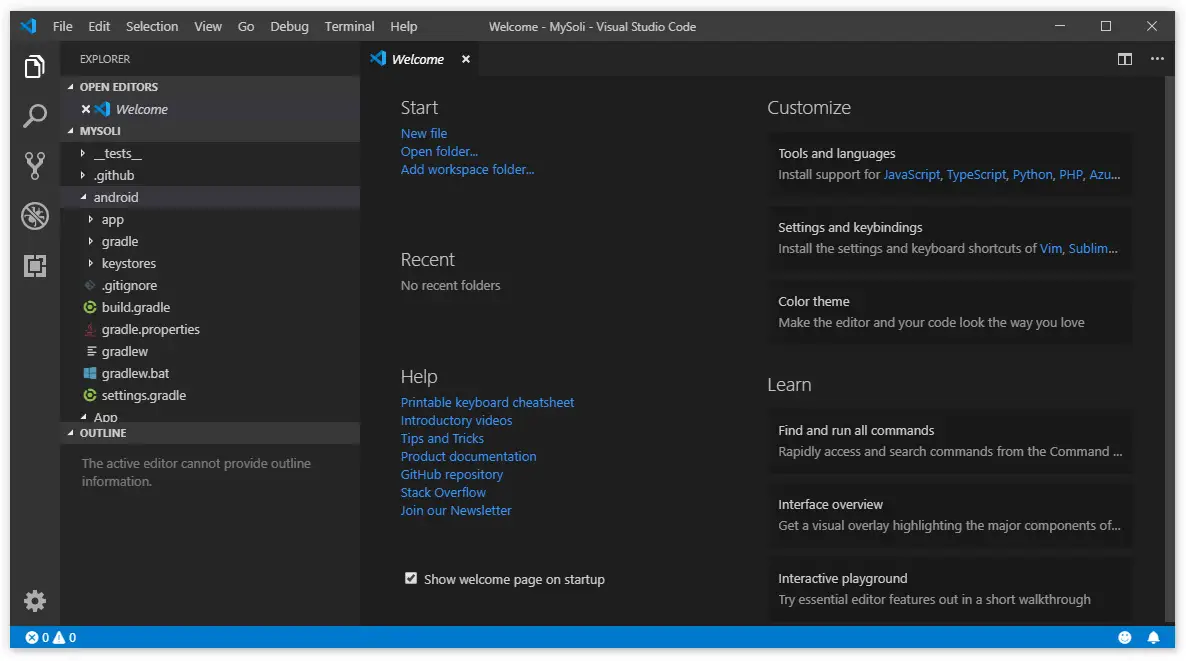
Configurations made in the app.json file are accessible at runtime. You can find this app at the root of your application. We can also mark a to-do item as completed.īefore building our app for iOS, we have to configure our app.json file. We can also delete a to-do by filtering out to-dos based on their IDs. Once the button is clicked, the to-do item is added to the list by calling setTodos and passing the new to-do. In the code above, we created a TextInput to hold our to-do text and a ToucahbleOpacity to add the to-do item to our list of to-dos. Open your App.js file and enter the following code. All you need to do is download the Expo Go app, run expo start and then scan the QR code that shows up. You can run your React Native app on a physical device without setting up the development environment.
#REACT NATIVE RUN ANDROID EMULATOR MAC ANDROID#
It will take a few minutes to create our project, and then we can start building our React Native application.Įxpo allows us to build for both Android and iOS on Windows, Mac and Linux. In this case, simple-ios-todo is the name of our application. You can then create your project by running expo init simple-ios-todo.


#REACT NATIVE RUN ANDROID EMULATOR MAC INSTALL#
You can do that by running the following commands: npm install -g expo-cli To get started with Expo, you first need to install Expo CLI. If you want to include native code in your application, it is better to go with vanilla React Native from the start. However, when using Expo, you can’t create custom native modules beyond those that ship with the React Native API.

Using Expo is the easiest way to get started with React Native. Codemagic automates the process Get started Developing iOS apps on React Native with Expo CLI You don’t need to own a Mac to build an iOS app.


 0 kommentar(er)
0 kommentar(er)
